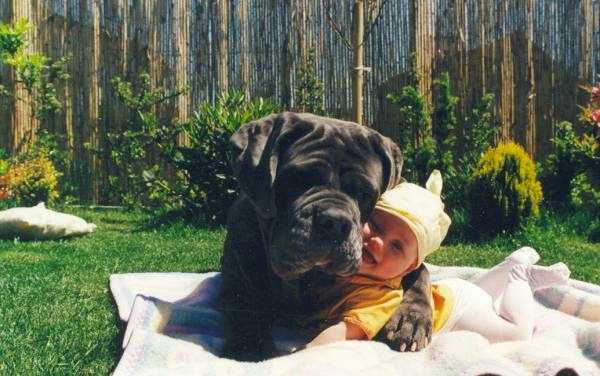How To Feed Older Dogs
Written by: Anastasia Spevakina
Older dogs are those dogs, which are in the third period of their life expectancy. For example, average life expectancy of German mastiffs is 9 years, so dogs of this breed will be considered older, when they are 6 years old. Poodles become elderly dogs, when they are 10 years old.
It’s believed that nowadays dogs live much longer than 30 years ago. Better nutrition, vaccines and veterinary care make dogs healthier. Older dogs have a lot of physiological changes in the body, that’s why it’s important to change their diet.
Age-related changes
When dogs become older, they start to change their habits and opinion about the surrounding world. They are not able to tolerate small children anymore and can have problems with sleep. Moreover, they can be easily frightened or shocked, because their eyesight and hearing are not so perfect as before. You will be surprised, but elderly dogs can even have periodic disorientation.
Moreover, older dogs are prone to obesity and loss of muscle mass. They become less active and need more rest. In worst cases, dogs acquire a variety of diseases, for example, heart or kidney failure and cancer.
That’s why it’s so important to take more care about older dogs and carefully select a right diet for them.
Tendency to obesity
Due to decreased activity, older dogs often gain weight. They don’t train so much and often as before and can’t get rid of extra fat. It will be much easier not to let your dog gain weight that to make him lose it.
But if your dog gained extra weight, you will have to make a lot of efforts to help him with losing weight, because it can keep him healthy.
Diet for older dogs
Elderly dogs need a balanced diet with reduced amount of calories, protein, and fat, but increased amount of carbohydrates. Special diets, which include carbohydrates, help dogs to eat fewer calories and to feel full faster.
If your dog has a kidney failure, the low protein diet will reduce the workload on his kidneys. Reducing of fat decreases amount of calories, that’s why some canine dry foods contain about 8 – 12% of fat.
Dry food for older dogs contains approximately 18% of protein, whereas dogs with renal diseases need only 14% of protein.
What to do if the dog doesn’t want to eat
Some older dogs don’t suffer from obesity, but have an opposite problem – lack of appetite and excessive thinness. If you saw that your dog has these symptoms, it’s time to go to a veterinary clinic and make full examination. In cases when dogs refuse to eat because of diseases, the vet prescribes medication. But if the dog doesn’t have any disease and still refuses to eat, you need to solve the problem by your own.
If the dog usually eats dry food, perhaps it’s hard for his teeth to chew some granules, and you can soak it in water or add some canned food.
Moreover, certain dogs like food with milk and eggs added. And others like mix of natural and canned food.
Supplements
Older dogs have special needs for vitamins and minerals. Giving supplements, containing glucosamine and chondroitin, daily, you can prevent destruction of joints and alleviate the condition of your dog.
*Dietary supplement of wheat has a prophylactic effect against constipation.
Read Also : Dog Liver – 1000 Reasons To Feed

